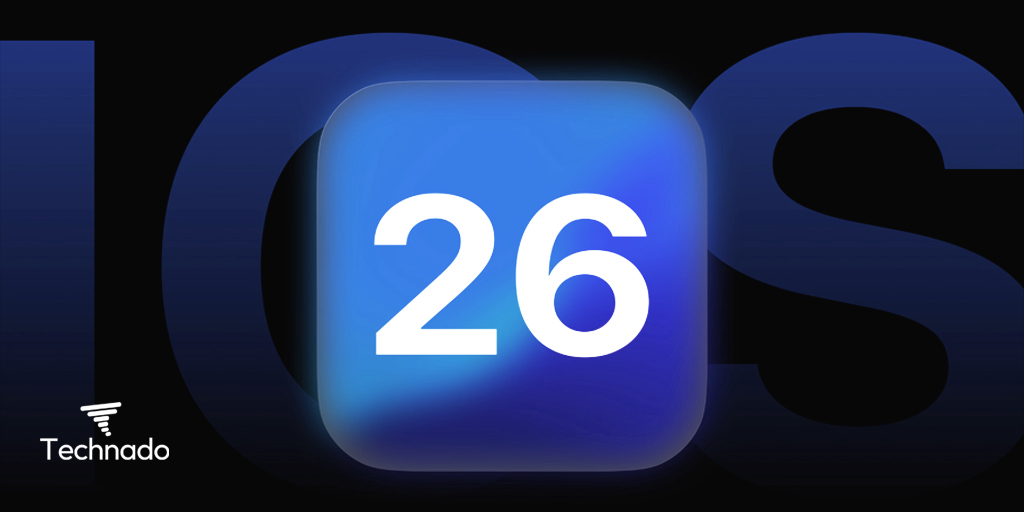Cloud gaming has been steadily gaining momentum, transforming how players access and experience games. Recognizing the industry’s growing demand for high-performance, low-latency streaming solutions, Amazon Web Services (AWS) has launched a new cloud-based service specifically designed to help game companies optimize their streaming capabilities. This strategic move aims to empower developers, publishers, and gaming platforms by providing them with a reliable, scalable, and cost-effective solution for delivering high-quality game streaming experiences worldwide.
In this blog, we’ll explore the key features of AWS’s new service, how it compares to existing solutions, and what its launch means for the gaming industry.
The Growing Demand for Cloud Gaming
The gaming industry is evolving rapidly, with cloud gaming at the forefront of this transformation. Services like NVIDIA GeForce Now, Xbox Cloud Gaming, and PlayStation Now have demonstrated the potential of streaming technology, allowing players to enjoy high-fidelity games without requiring high-end hardware.
With the increasing popularity of mobile gaming and cross-platform experiences, cloud gaming offers players the ability to access AAA titles on any device, from smartphones to smart TVs. However, despite its potential, cloud gaming has struggled with key technical challenges that hinder widespread adoption.
Challenges in Cloud Gaming
- Latency and Performance Issues: Input lag and frame drops can ruin the gaming experience, particularly for fast-paced multiplayer games.
- High Infrastructure Costs: Building a cloud gaming infrastructure requires massive investments in data centers, networking, and server maintenance.
- Bandwidth Consumption: Streaming games in 4K resolution requires a robust internet connection, making accessibility an issue in regions with limited connectivity.
Game developers and publishers need advanced tools to optimize their streaming services and enhance user experiences. This is where AWS’s new offering comes into play, providing tailored solutions that address these challenges.
Key Features of AWS’s Game Streaming Service
AWS’s new cloud gaming service is built on the company’s vast cloud infrastructure, leveraging its global network of data centers to deliver seamless game streaming. Here are some of its standout features:
1. Low-Latency Streaming for an Uninterrupted Experience
One of the biggest hurdles in cloud gaming is latency, which can make fast-paced games feel sluggish and unresponsive. AWS tackles this issue by utilizing its worldwide network of data centers and edge computing capabilities. This ensures that players receive smooth, high-performance gameplay with minimal input lag, regardless of their geographical location.
By leveraging AWS’s edge computing technology, game sessions are processed closer to end-users, significantly reducing data travel time and optimizing real-time performance. This is particularly beneficial for esports and multiplayer games that require lightning-fast response times.
2. Scalability to Handle Surges in Demand
Gaming companies often face unpredictable spikes in user traffic, particularly during major game launches or promotional events. AWS’s service offers on-demand scalability, allowing developers to adjust resources dynamically to accommodate sudden increases in users. This prevents server overload and ensures uninterrupted gameplay.
AWS Auto Scaling and Elastic Load Balancing ensure that game servers can automatically scale up or down based on demand, providing a seamless experience even during peak hours. This helps developers manage costs effectively while delivering consistent performance.
3. AI-Powered Optimization for Adaptive Streaming
AWS integrates artificial intelligence (AI) and machine learning to optimize streaming quality in real time. The system analyzes network conditions, user device capabilities, and player behavior to deliver the best possible gaming experience without unnecessary bandwidth consumption. This helps maintain consistent visual quality and performance, even in fluctuating network conditions.
For instance, AWS’s AI algorithms can dynamically adjust resolution and frame rates based on available bandwidth, ensuring that players experience minimal buffering or lag, even on unstable networks.
4. Developer-Friendly APIs and SDKs for Seamless Integration
AWS understands that developers need flexibility and ease of integration. Its new service provides software development kits (SDKs) and application programming interfaces (APIs) that allow game studios to integrate cloud streaming functionalities directly into their games. This means developers can focus on game innovation rather than backend complexities.
AWS’s APIs also offer built-in analytics tools, allowing game developers to track player engagement, optimize game performance, and gather insights to improve the overall gaming experience.
5. Cost-Effective Pay-as-You-Go Pricing
One of the biggest barriers to entry in cloud gaming is the cost of infrastructure. AWS offers a flexible pricing model, enabling game companies to pay only for the resources they use. This reduces upfront investment costs and makes cloud gaming more accessible, even for smaller studios looking to break into the market.
The pay-as-you-go model means that developers only pay for actual server usage, making cloud gaming financially viable for indie studios and startups. Additionally, AWS offers pricing plans optimized for high-traffic gaming environments, helping studios balance costs and performance efficiently.
AWS vs. Competitors: How It Stacks Up
AWS’s new service enters a competitive landscape dominated by Microsoft Azure and Google Cloud, both of which provide cloud gaming solutions. However, AWS has a few distinct advantages:
- Global Reach & Infrastructure: AWS operates the largest cloud infrastructure globally, which means better coverage, lower latency, and enhanced reliability.
- Proven Cloud Expertise: With years of experience in hosting large-scale applications, AWS brings unparalleled expertise in cloud computing, security, and performance optimization.
- Developer-Centric Approach: Unlike Google Stadia, which launched as a consumer-facing platform and eventually failed, AWS’s service is focused on providing backend solutions for game developers, making it a more sustainable business model.
By focusing on backend support rather than direct consumer offerings, AWS ensures that game companies have full control over their cloud gaming strategies without being tied to a proprietary streaming platform.
What This Means for the Future of Gaming
The launch of AWS’s game streaming service is likely to have far-reaching implications for the industry. Here’s what we can expect:
- More Studios Entering Cloud Gaming: Smaller and mid-sized game developers who previously lacked the resources for cloud gaming can now leverage AWS’s infrastructure to deliver high-quality streaming experiences.
- Improved Gaming Accessibility: Players will have access to high-end gaming experiences on more devices, regardless of their hardware limitations.
- Innovation in Game Design: With cloud-based scalability and AI-driven optimization, developers can explore new gameplay mechanics that weren’t possible on traditional hardware.
- Rise of Subscription-Based Models: With cloud gaming reducing the need for high-end hardware, more game studios may shift to subscription-based gaming services, allowing players to access a vast library of games on demand.
Conclusion
AWS’s new cloud gaming service represents a significant milestone in the evolution of game streaming. By providing a powerful, scalable, and cost-effective solution, Amazon is helping game companies push the boundaries of what’s possible in cloud gaming.
As the industry continues to evolve, AWS’s service has the potential to become a foundational tool for game developers, ensuring that players worldwide receive seamless, high-quality gaming experiences. With Amazon’s cloud infrastructure backing the next generation of game streaming, the future of gaming looks more accessible, scalable, and immersive than ever before.
Would you like to explore how AWS’s cloud gaming service could be tailored for a specific business model? Let us know in the comments!
Suggested Reads
DigitalOcean Expands to Pakistan – New HQ at COLABS
Manus Isn’t China’s Second ‘DeepSeek Moment’—Here’s Why
Google Pay Launches in Pakistan: A Game Changer for Digital Payments

Burhan Ahmad is a Senior Content Editor at Technado, with a strong focus on tech, software development, cybersecurity, and digital marketing. He has previously contributed to leading digital platforms, delivering insightful content in these areas.







